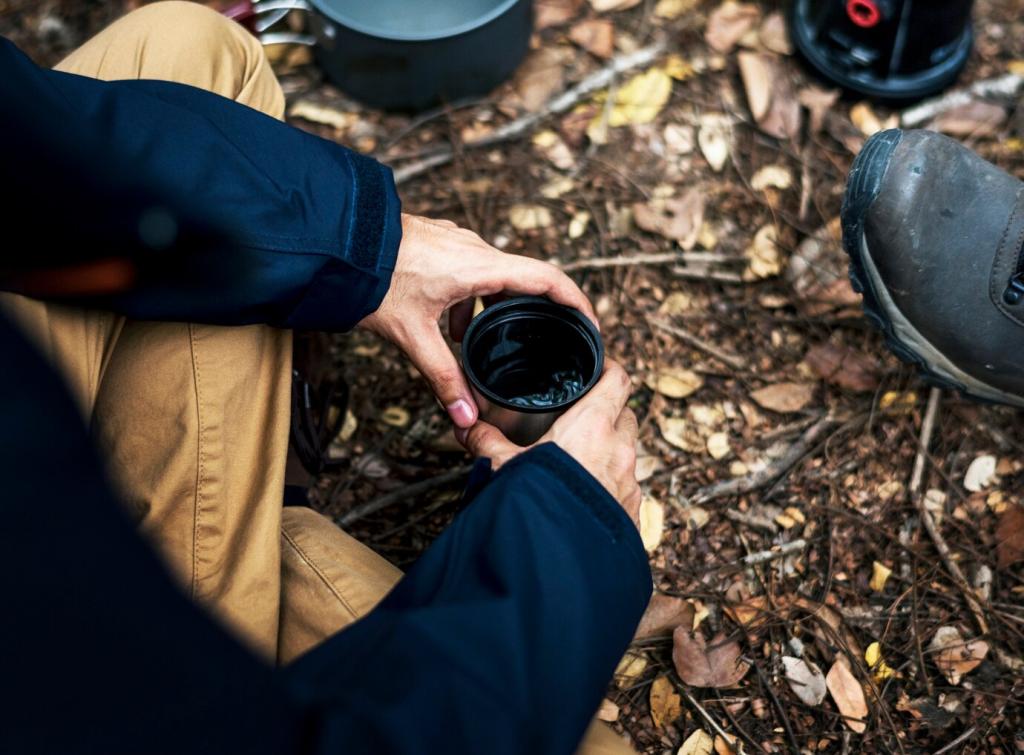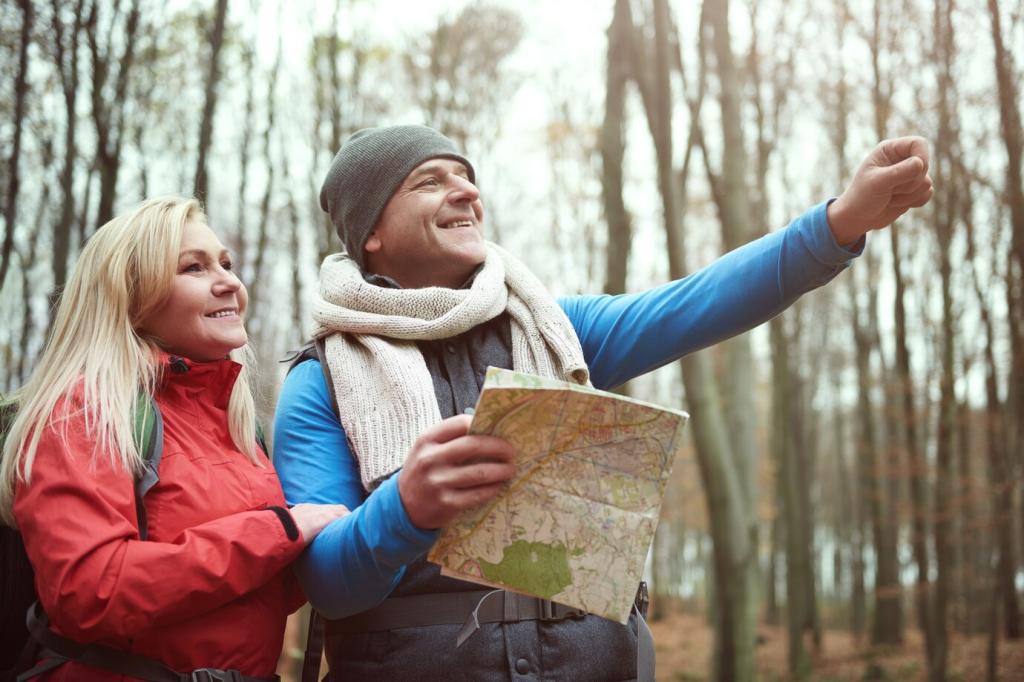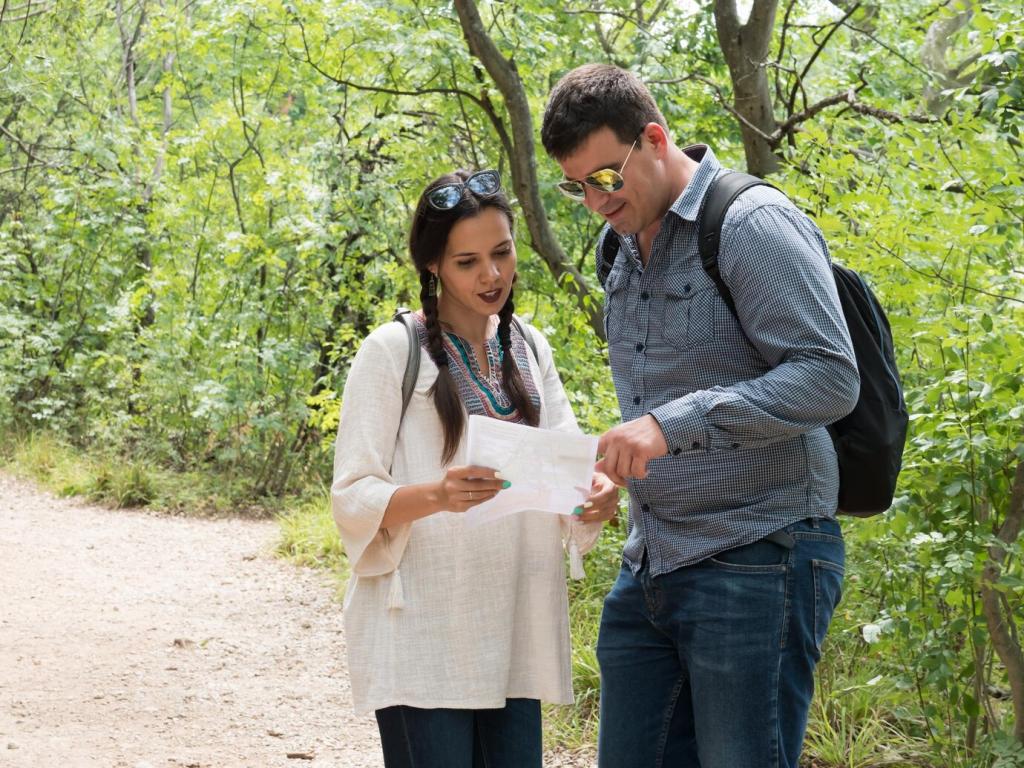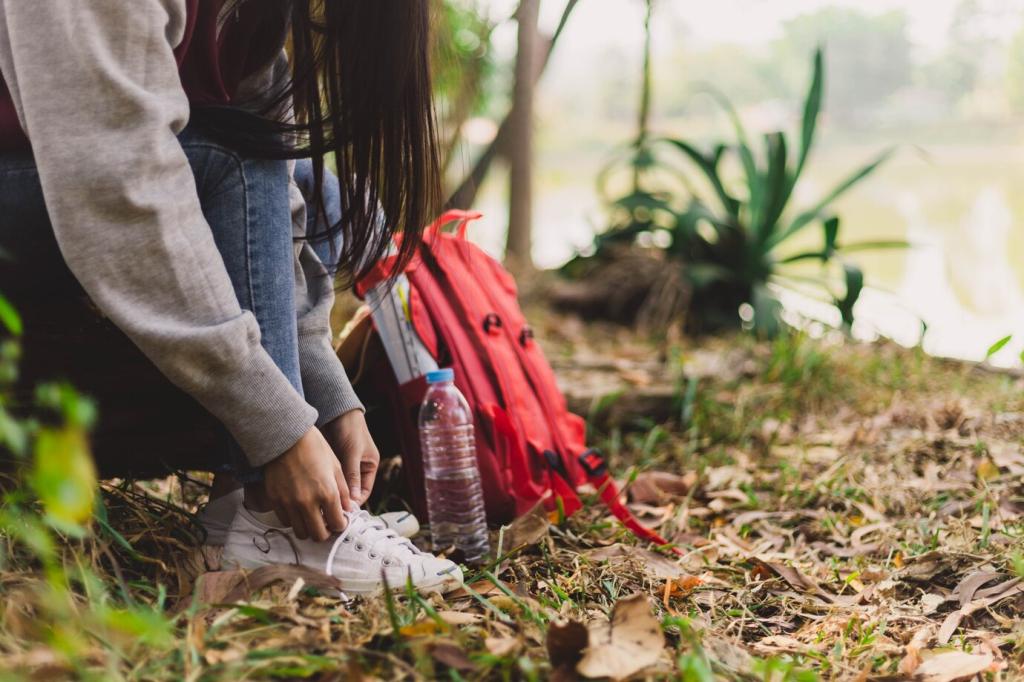Layering Up: The Cold-Weather Kit That Works
A moisture-wicking base draws sweat away, an insulating mid-layer traps heat, and a weatherproof shell blocks wind and snow. Adjust as you climb, pause, and descend to prevent chilling. Tell us your favorite mid-layer material and why it earns pack space.
Layering Up: The Cold-Weather Kit That Works
Icy boardwalks and wind-scoured ridges demand reliable bite. Microspikes excel on packed trails, crampons handle steep, firm slopes, and snowshoes float on drifts. Practice transitions before you go. What traction saved your day? Share the moment and the model below.
Layering Up: The Cold-Weather Kit That Works
Cold creeps in through fingers, cheeks, and ears first. Layer liner gloves under insulated mitts, carry a face mask or buff, and rotate hand warmers. Vent early, avoid sweat, and snack often. Comment with your best tip for warm fingers at windy overlooks.
Layering Up: The Cold-Weather Kit That Works
Lorem ipsum dolor sit amet, consectetur adipiscing elit. Ut elit tellus, luctus nec ullamcorper mattis, pulvinar dapibus leo.




